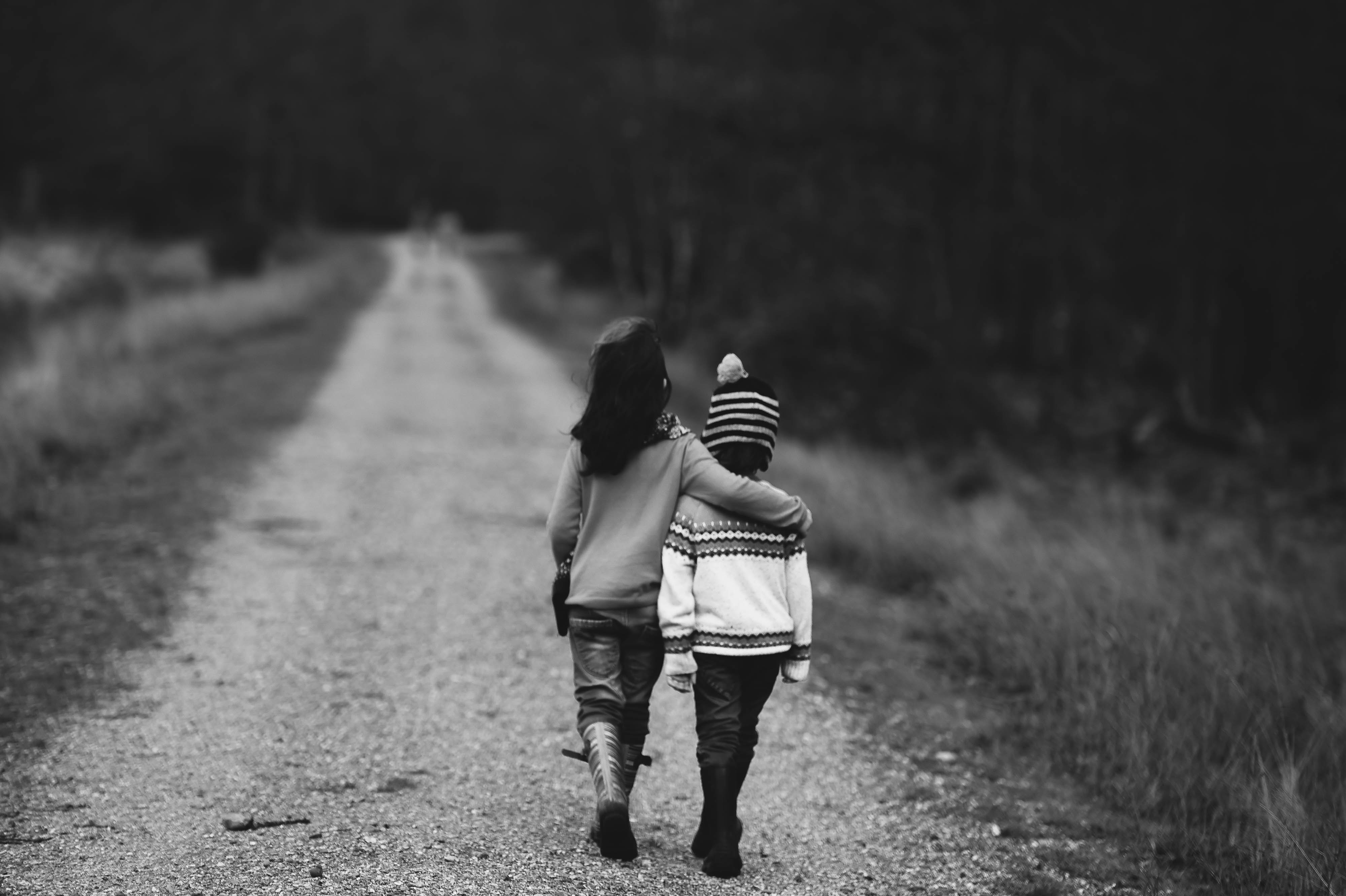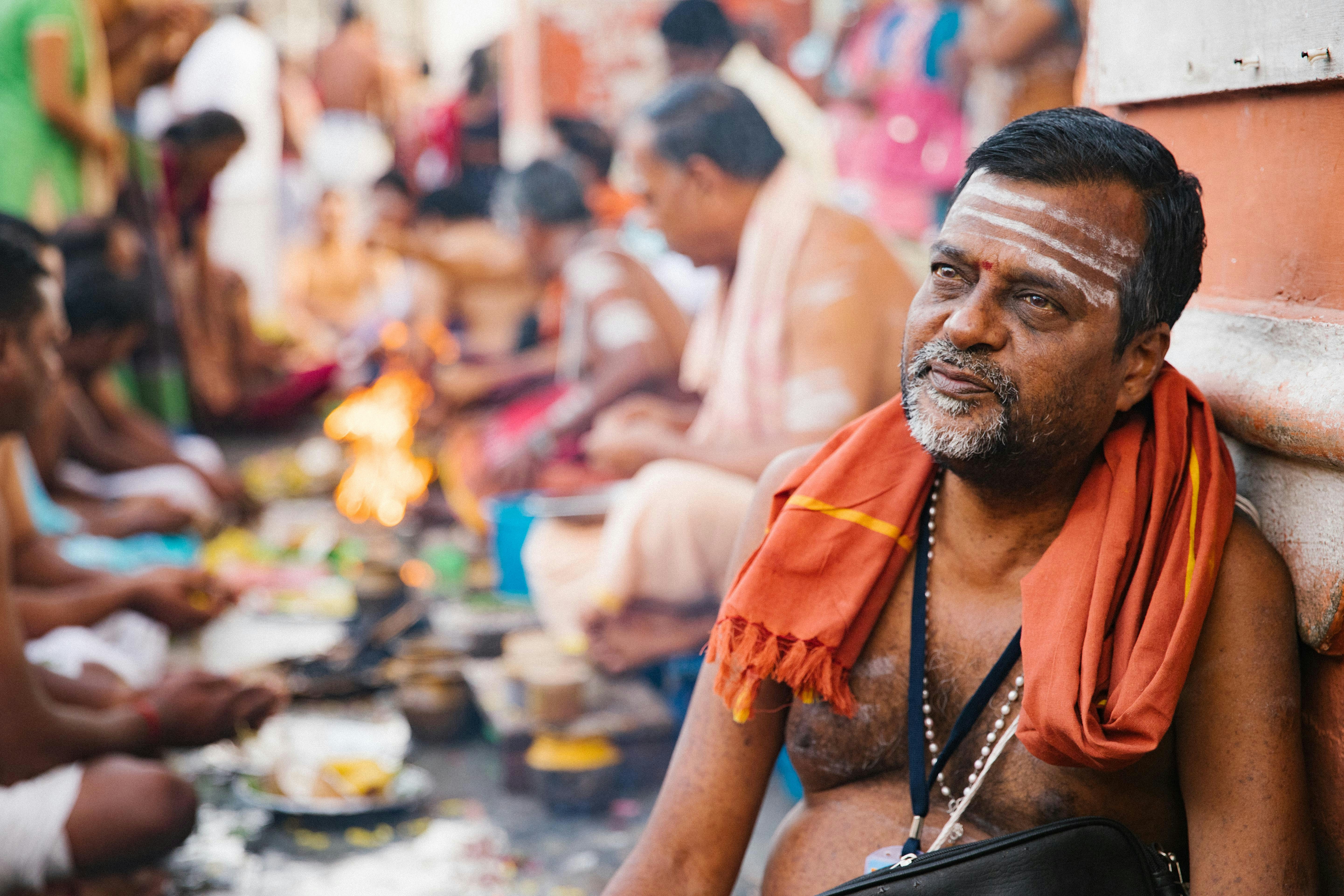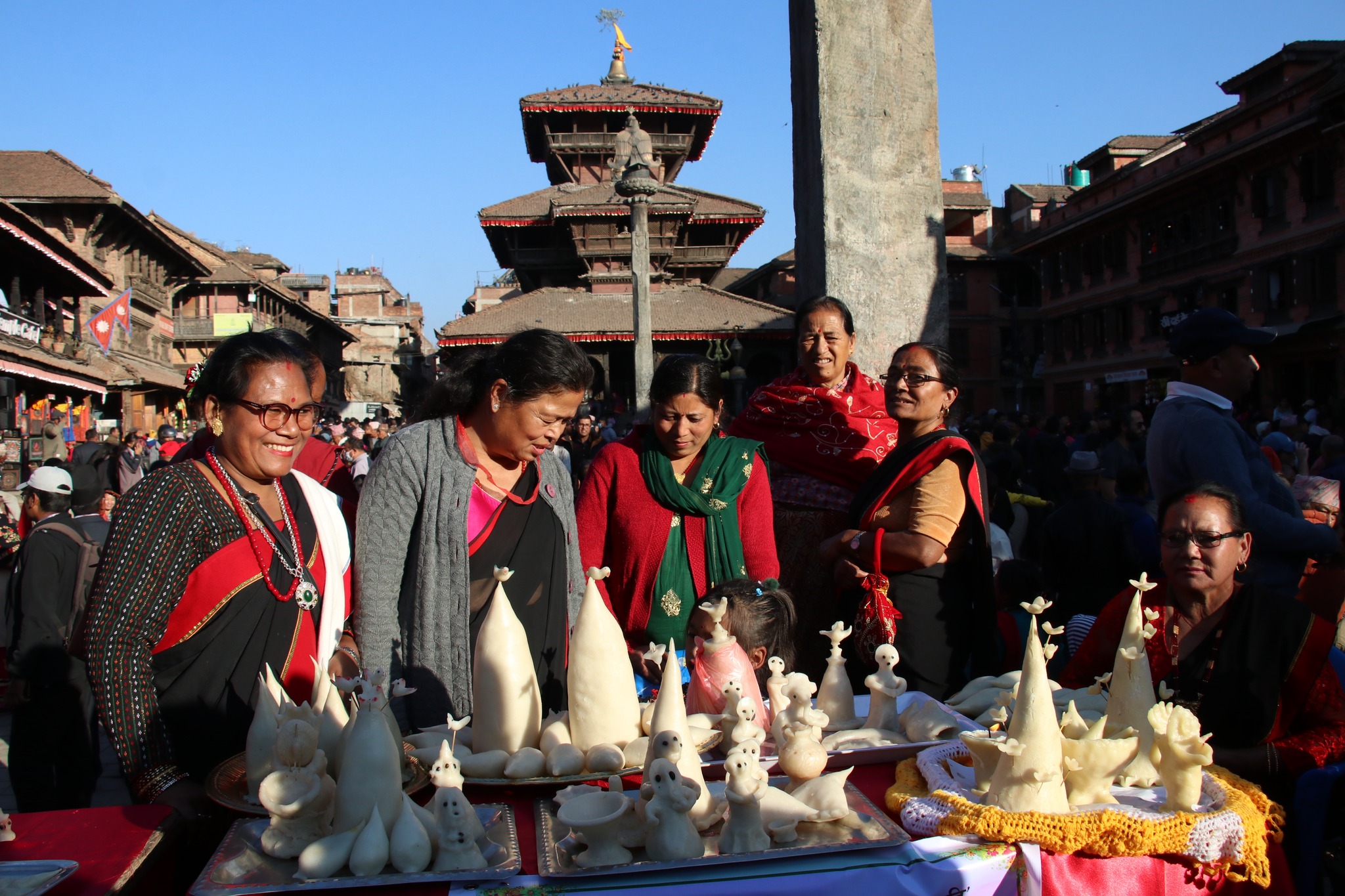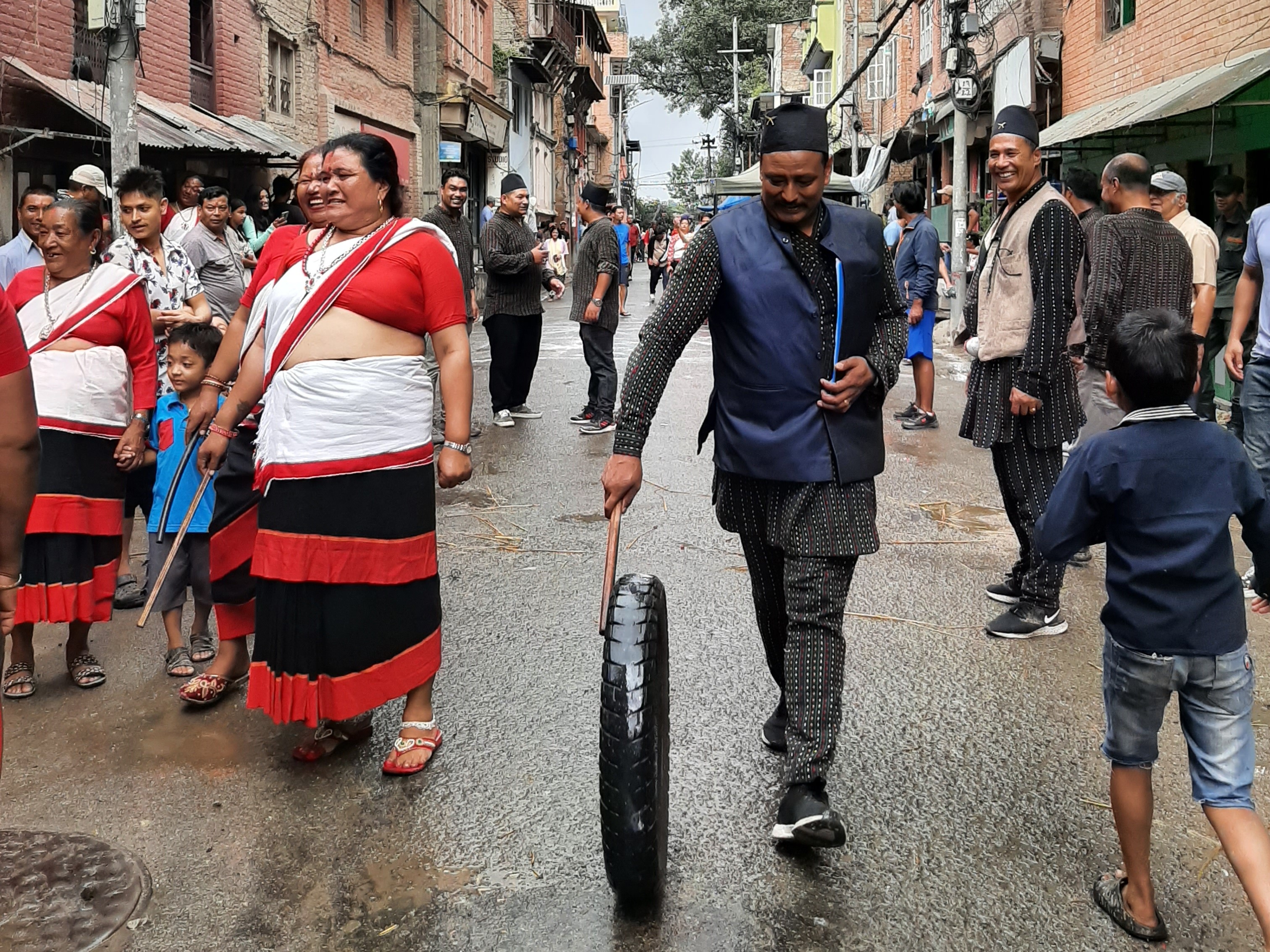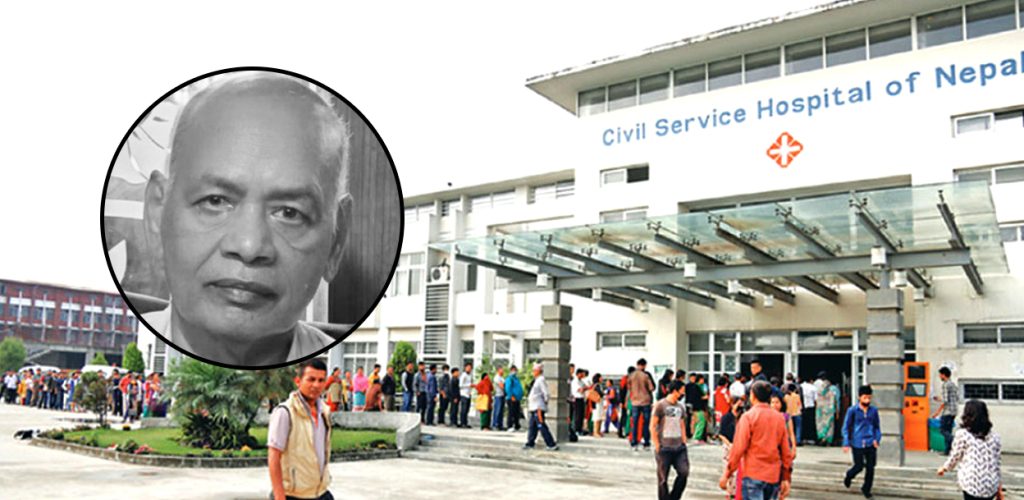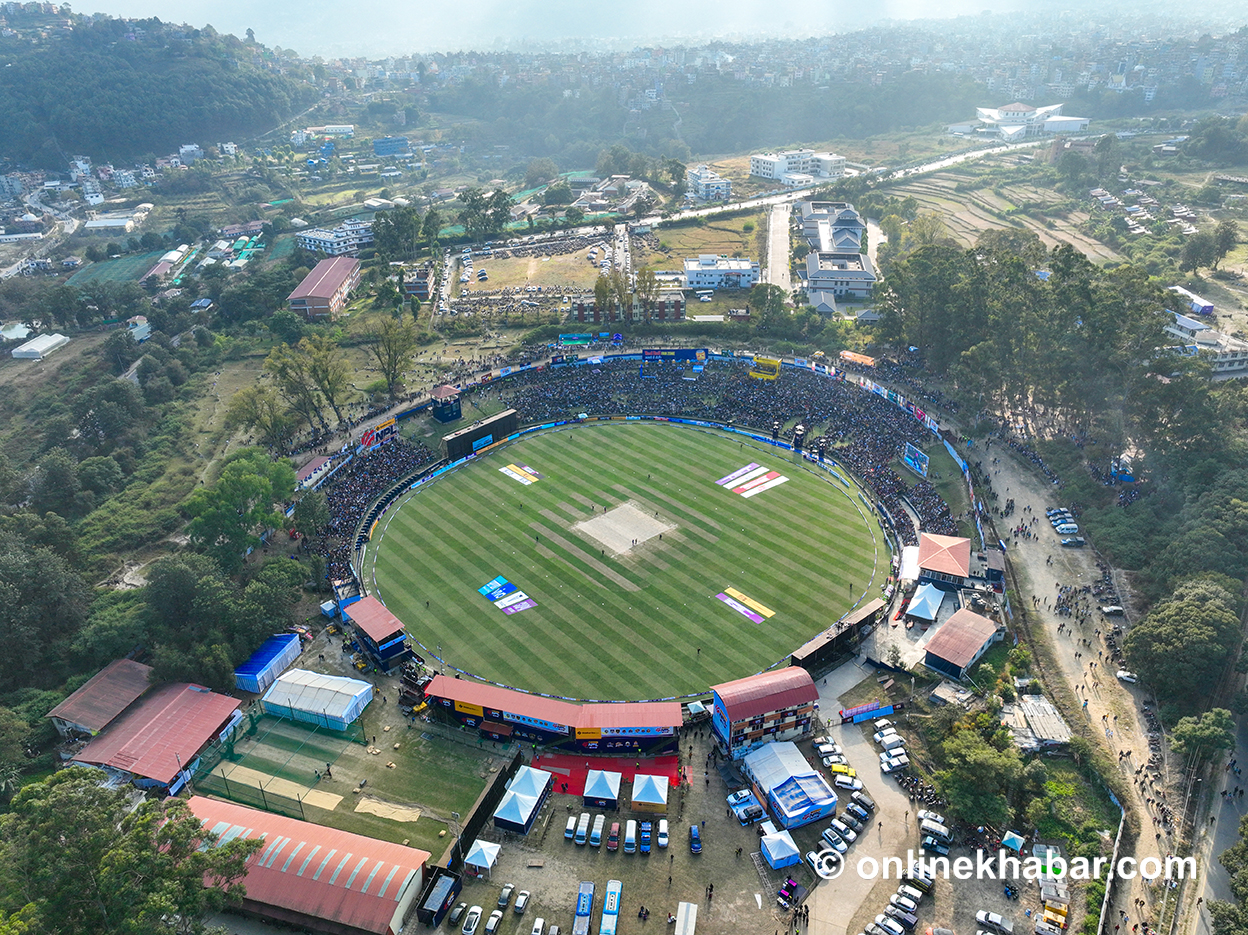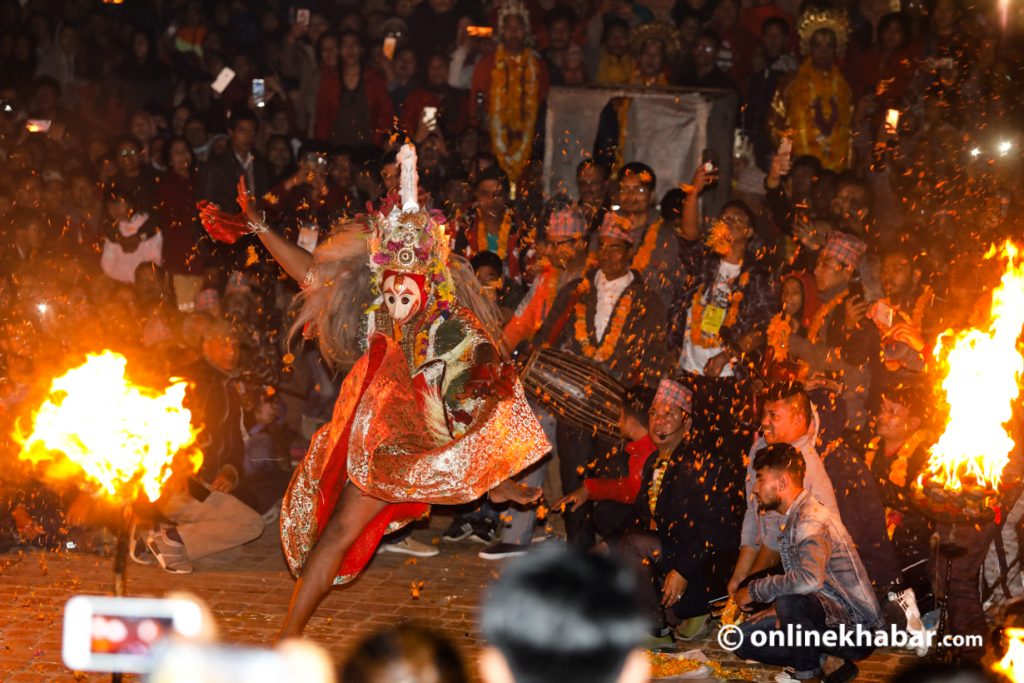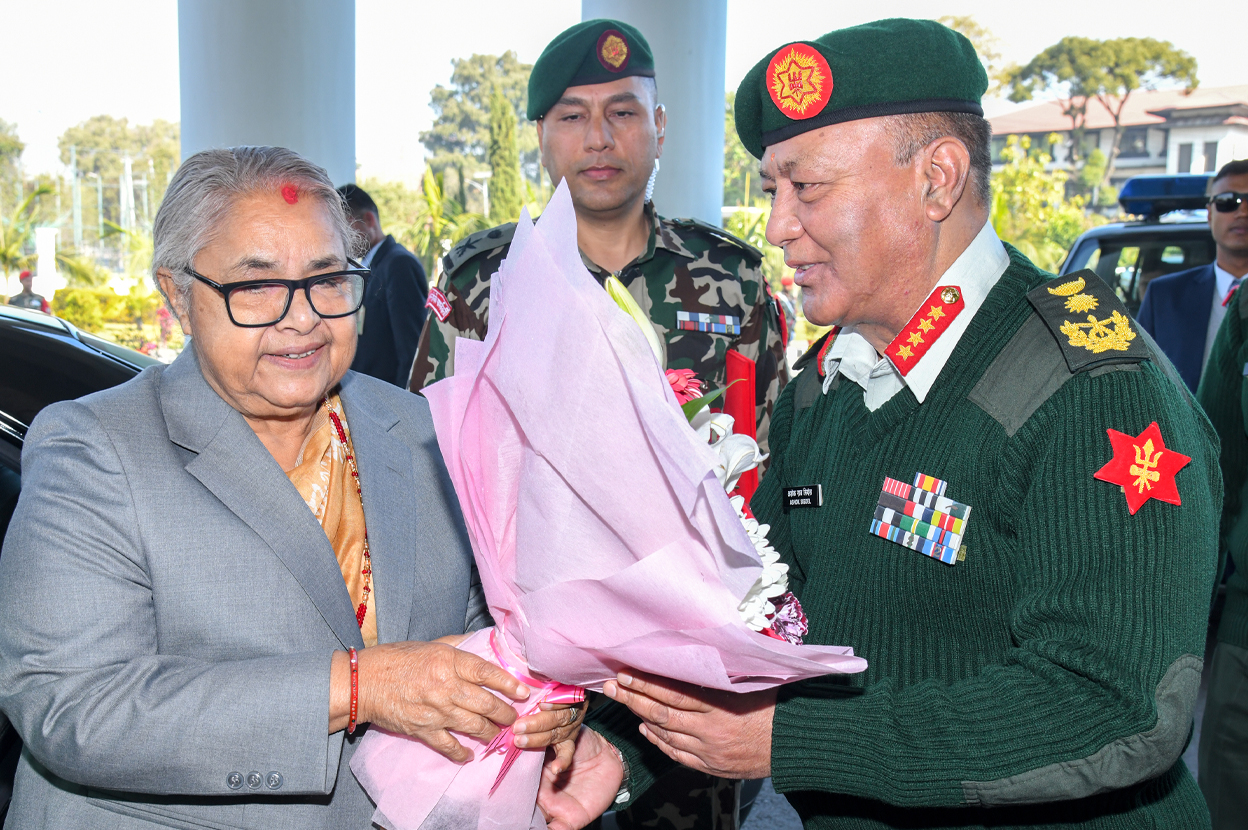Darren Clarkson-King considers a river the best teacher in the world. He is one of its most devout students, frequently leaving the world behind to engage in grueling one-on-one sessions with the powerful master.
His vessel is a kayak, which he has taken on dozens of Himalayan rivers. He has kayaked all the rivers that flow from Everest and K2. Over two decades of kayaking he has tackled rivers in – many of those first descents – Nepal, India, Bhutan, Pakistan and Tibet, as well as in Europe, Canada, Alaska, Thailand and Morocco. With a penchant for solo trips, Darren keeps his trips so down to the last detail: no support team, no food stashes, and no cell phones, like when he paddled the Dudh Kosi and Arun rivers solo, back to back in 2012.
Owner and head guide of Pure Land Expeditions, a travel company specialising in tours in the Himalayas, Darren is also the author of three books: Riding the Tears of Everest, Whitewater Nepal (with Peter Knowles), and Whitewater Ladakh (with Tsering Chotak). He is also a motivational speaker, adviser to the tourism council in Ladakh, India, and stunt coordinator for Nissan.
Kapil Bisht talked to the Darren who believes in paddling “for the pleasure, for the questions and for the truth you seek.”
***
How did you get into kayaking?
I started kayaking with the Scout and then moved to a local canoe club. Most towns in the UK have one, and when I joined Pennine Canoe Club, I was able to paddle with lots of motivated people and pick up skills quickly.
When did you first come to Nepal? What brought you here?
I first came to Nepal in 2000. I had planned to spend three months in Nepal then settle down to a job and family life in the UK. The latter part of the plan never happened. I came to Nepal because many British kayakers had told me how good it was. I remember watching a lecture by Tom Hughes about his travels in the area. That motivated me to come.
You spend your time between living in Nepal and travelling to India, Bhutan, and the UK. Why did you choose to live in Nepal?
We spend lots of time in Nepal. It’s such an amazing place: the spirit of the people and the culture are like a glue that holds it all together. It just feels like a second home.
You told in an interview that “we have fine recreational adventurous activities but we rarely get the chance for genuine new discovery that qualifies as an adventure, as Columbus did.” Have you had a Columbus-like adventure in your years as a kayaker?
I’ve done lots of first descents in Nepal, the first paddle strokes on a river. That seems quite pioneering and Columbus-like. I mean, it’s not in the same ballpark, but it’s close.
Your LinkedIn profile says: “Darren is an adventurer who thinks not about the technique but about the internal, the personal philosophy about why we put ourselves in a place of adventure.” Why do you put yourself in a place of adventure?
It’s quite complex really but I will try to be brief. Adventure, no matter what the scale, can open a window into your own thoughts and beliefs. It can push you beyond the limits you set for yourself. It can challenge you. It can take you places you never imagined.
Your LinkedIn account also says that you are a “crisis mentor.” What does that entail?
Crisis mentor is a strange term I imagine. I spent a huge amount of time dealing with young people that had suffered trauma, perhaps from abuse or neglect. Often displaced, they lived in a constant circle of crisis. In recent years, I have worked with drug and alcohol addiction. Then we have the development of the Mandala Foundation in Nepal.
You have paddled solo on the Dudh Kosi and Arun, two rivers that flow from Everest. Why those two rivers out of the many in Nepal?
Well, I have paddled many rivers in Nepal solo, from doing first descents to simple runs. The rivers from Everest seem a natural progression. People have heard about Everest and its iconic place in the fabric of Nepal. It’s unique in that respect. It’s a linchpin of the whole Himalayas.

You have said that the “river can teach you more about yourself than you will ever know. It shows you a certain truth and it opens up the lies you tell yourself.” Can you share the most important lesson that a river has taught you?
The river is possibly the best teacher in the world. It makes you ego-less, it makes you question yourself minute by minute. One of the main lessons the river has shown me is the humility of it all. How we are so small, so insignificant on the grand scale of everything. The converse is also true. No matter how small we are, we can make a difference in people’s lives. We can make a difference to our own lives. We are not the flotsam of a greater good, content to drift without purpose.
Do you meditate? How does it help with what you do?
Well, I try to. Kayaking is often my meditation. Just the breathing while on a river is an active Vipassana, if you will. It helps me remain calm on challenging rapids. While I do like to start my day in reflection, sitting alone, it is not always possible.
What got you into writing about your adventures?
I’m from a generation that paddled and explored before social media. Our news about rivers and adventures often came from stories told on kayaking trips or at lectures and from articles in monthly magazines. Writing about my trips and making them into books seemed a natural progression. I had submitted poems to anthologies years before, so it wasn’t an alien concept. I enjoy the process of collecting my thoughts and then distilling them into writing. I have files full of ideas and may one day turn them into a book or two.
Is there an environmental goal behind writing about rivers and kayaking trips?
In the past, I didn’t have any concerns over writing because of an environmental goal. But as the years have moved along, I am driven to produce a book about the Humla region of Nepal, to show the threat to the river from the proposed dam, to show how dams are damaging a heritage.
Any similarities between writing and kayaking? What do you do when you are not kayaking?
It does seem strange, but yes, they are similar. Both activities give you no clue about where they will take you.
When I am not kayaking, I think about kayaking. My life is dictated by the ebb and flow of rivers.
Your articles are infused with your dreams, making them like surreal pieces of fiction. Have you ever tried to get down to the bottom of why you dream so much and so vividly while on rivers?
I like that: “surreal pieces of fiction.” That is a lovely description. I have no concerns about getting to the bottom of those dreams It is simply one of many experiences on a river.
Rivers are revered in India and Nepal, and have been the haunts of great yogis. Do you think there is something mystical about a river?
Yes. I think that is one of the reasons it draws people time and again.

Have you seen a difference in Nepal, tourism wise?
Over the years, I have seen many differences. There was the boom in the adventure industry when Western backpackers came even during the troubled times of the civil unrest. Now, over the last few years, there has been a shift to domestic tourism. It’s wonderful to see the development of the domestic tourism industry, from day trips to longer adventures. It’s about a different social demographic now and a growing middle class. It needs careful managing, but it’s a good thing. Nepali people can now explore their own country quite easily.
What do you think about the building of dams on rivers?
I understand the need for power but dams are not the way. It destroys communities, environment and natural heritages. It kills tourism in the name of progress and the damages they inflict cannot be undone.
What are the alternatives to building dams, given that Nepal’s energy needs will continue to grow?
Solar and wind energy have not been tried on large scales in Nepal. This makes no sense at all. Nepal needs to invest in viable alternate energy sources.
Which is your favorite river for kayaking in Nepal?
The Sun Koshi was the first river I kayaked in Nepal and it still has a certain pull. I just returned from a run in Humla, Karnali in west Nepal and now that river is one of the top three rivers of all time on my list.
A river in Nepal you would recommend for beginners.
The Indravati.
A river in Nepal that is for kayakers looking for a challenge.
Close to Kathmandu, it has to be the Bhote Kosi.
What do you make of the current kayaking scene in Nepal?
Over the years, it has been brilliant to see the emergence and growth of local paddlers. Before, it was always the case that international paddlers would win all the competitions, and have so much more knowledge. Now the local boys and girls are fighting back. They are competing outside Nepal and returning with more skills and knowledge.
Any faces to look out for?
Keep an eye out for Himi Magar, a promising paddler, or the cool-
styled Surjan Tamang.
***
Read also
In conversation with Chitwan National Park’s proud founding father
‘World’s first’ travel blogger Greenwald: In Nepal every day brings a new, unexpected discovery





